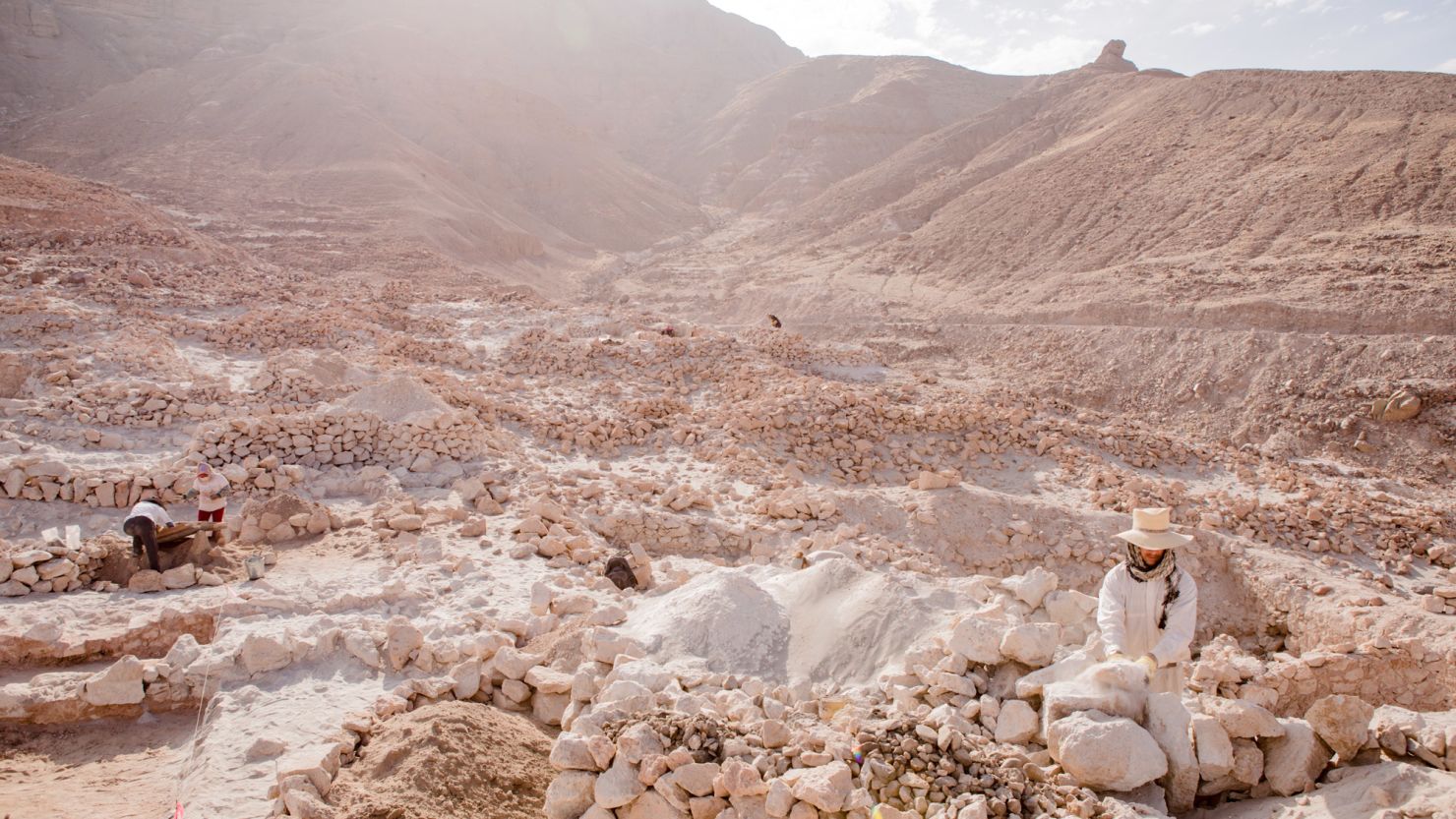Sign up for CNN’s Wonder Theory science newsletter. Explore the universe with news on fascinating discoveries, scientific advancements and more.
Beer laced with hallucinogenic drugs derived from plant seeds may have helped leaders of a South American culture maintain their political control for hundreds of years, according to new research.
The Wari, who built an empire and ruled the highlands of what is now Peru from 600 to 1,000 AD, preceded the Incas.
Archaeological excavations at the Quilcapampa site in southern Peru, which took place between 2013 and 2017, have found that the Wari used seeds from the vilca tree and combined the hallucinogenic drug with chicha, or beer made from the molle tree. This beer was then served to guests at communal feasts, reinforcing relationships while maintaining Wari political control.
The research, published Tuesday in the journal Antiquity, has shown the first evidence of vilca seeds at a Wari site.
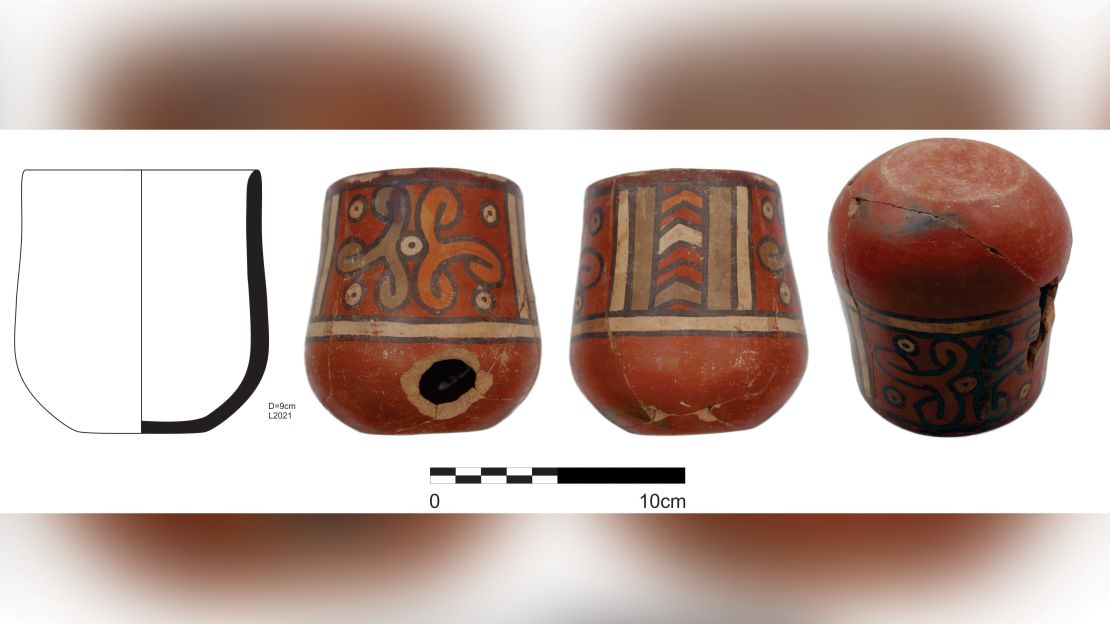
The discovery of vilca at Quilcapampa fills a gap in the understanding of how different civilizations used substances.
“This was a turning point in the Andes in terms of politics and use of hallucinogens,” said study author Matthew Biwer, a visiting assistant professor of archaeology at Dickinson College in Pennsylvania.
“We see this kind of use of hallucinogens as different use context than in prior civilizations, who seem to have closely guarded the use of hallucinogens to a select few, or the latter Inca Empire who emphasized the mass-consumption of beer but did not use psychotropic substances such as vilca at feasts.”
The power of the feast
Researchers have yet to uncover the reason behind the collapse of the Wari Empire, but studying Wari sites is revealing more about its people.
”The Wari Empire stretched from northern Peru to the far south near the Chilean border, and from the coast to the mountainous areas of the Andes,” Biwer said. “It is the first example of an empire in South America, having collapsed around 400 years prior to the rise of the Inca Empire.”
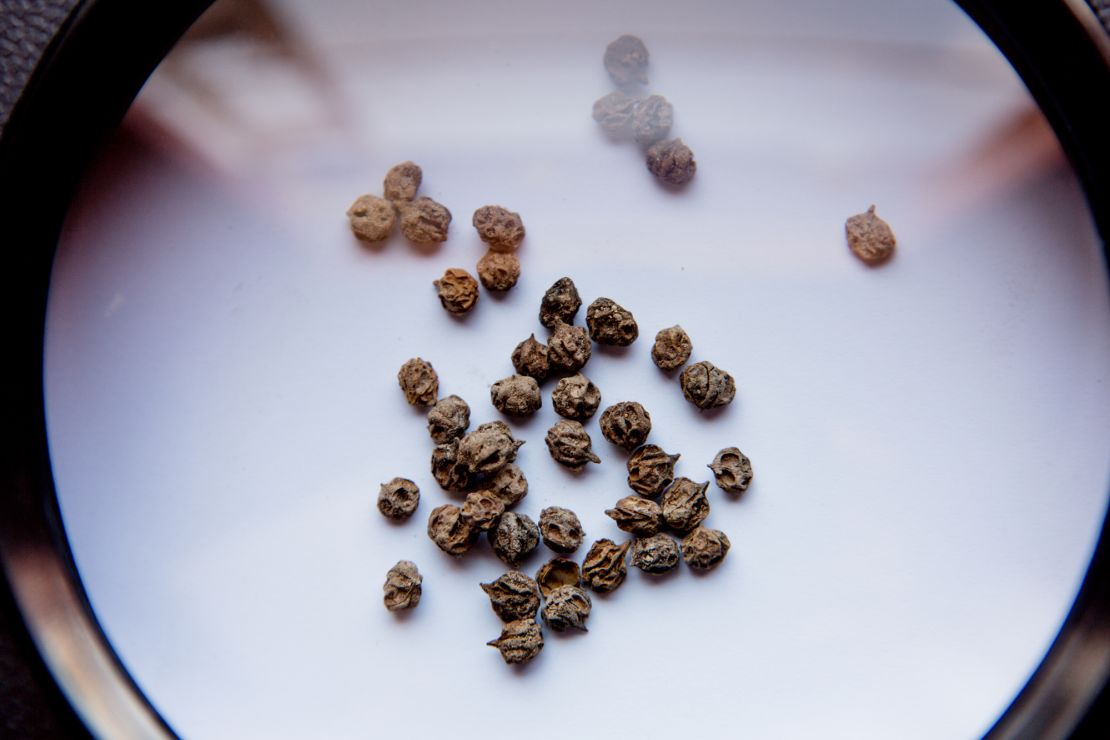
It has long been known that the Wari used beer and feasting as part of their political control, but the research proved their access to vilca and its use as a hallucinogen.
Additionally, the scientists discovered evidence that the Wari were brewing chicha in large quantities. Alongside the well-preserved botanical remains were ceramics from the center of the site, which indicate that this is where the feasts were held, the study authors said.
”The Wari added the vilca to the chicha beer in order to impress guests to their feasts who could not return the experience,” Biwer said. “This created an indebted relationship between Wari hosts and guests, likely from the surrounding region.
“We argue that the feasting, beer, and vilca thus served to create and cement social connections between Wari affiliated peoples and locals as the Empire expanded. It also was a way for Wari leaders to demonstrate and maintain social, economic, and political power.”
The guests of these feasts would have felt compelled to acknowledge the power of their hosts or feel the need to owe them a favor in the future, he said.
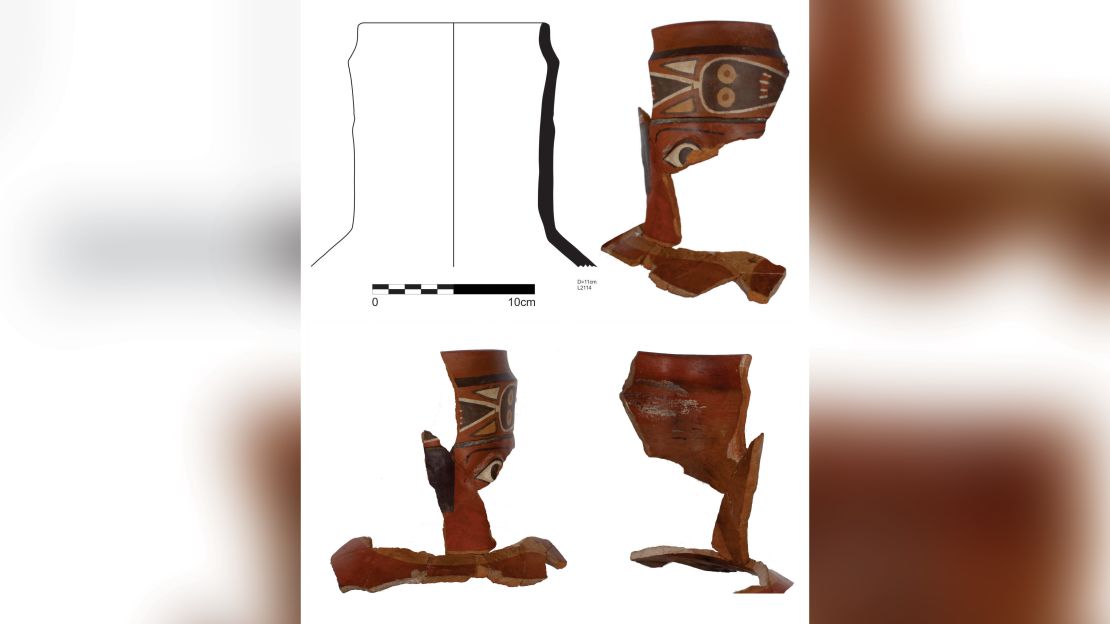
“In the Andes, this is typically known to have occurred by the consumption of beer (chicha), llama meat, various plants such as corn and potatoes, and other foods and drink,” Biwer said.

The use of vilca, typically inhaled like snuff or through a pipe, dates back at least 4,000 years, indicated by an ancient pipe from that time found at the Inca Cueva site in Argentina. The drug was also used by those in Tiwanaku, a neighboring site in Bolivia, during the time of Wari rule.
A ritual for empire-building
Earlier findings also showed that vilca was only provided exclusively to some, like priests, and not available to all.
The Wari, however, were likely dropping the drug in their alcohol and providing it to others, effectively enhancing the psychoactive effects of both substances. This inclusive behavior by the Wari elites not only showed off their hospitality, but offered an experience that wasn’t widely available elsewhere and couldn’t be easily replicated by anyone who may want to oppose Wari control.
“They may have experienced euphoric or spiritual sensations,” Biwer said. “This type of food would have been a very powerful experience for guests who were led on a journey by Wari hosts.”
It would have been too dry in the region surrounding Quilcapampa to grow vilca, he said.
“Wari established a system of roads, which the later Inca used, that move people and resources,” Biwer said. “I would say that it would not have been accessible to everyone, as it was in the interest of Wari leaders to control the use and access to vilca, but it would not have been extremely difficult to get vilca to Quilcapampa.”
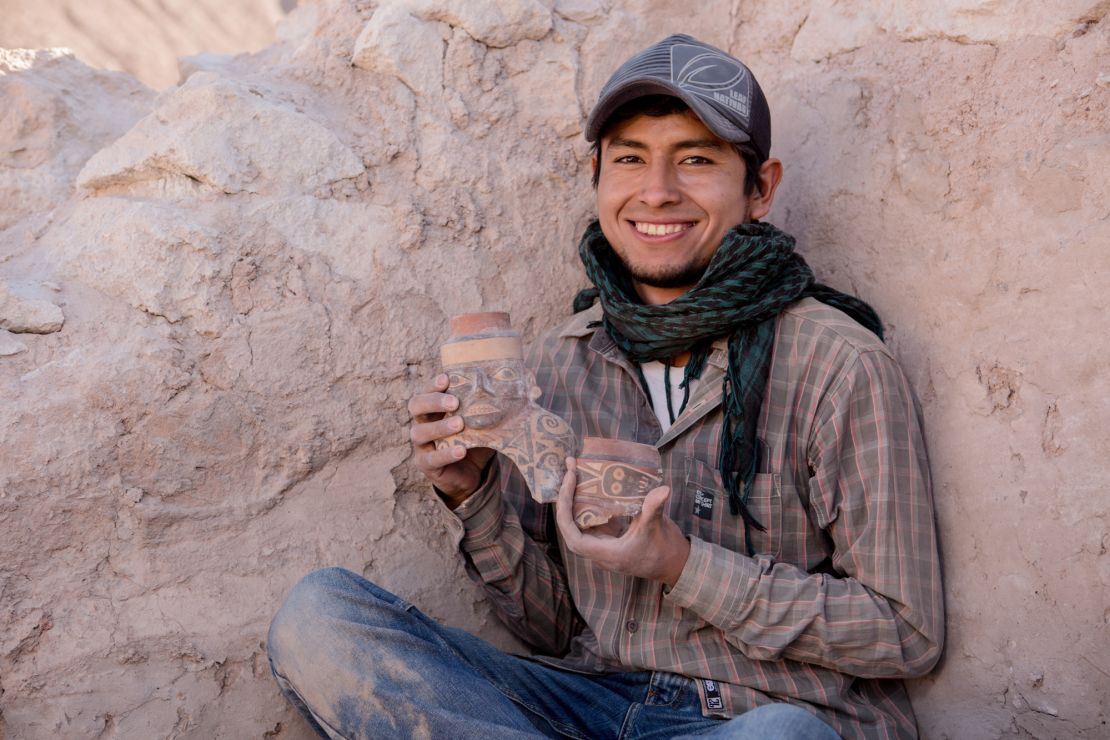
Vilca grows in the Ayacucho region, where the capital of the Wari Empire once stood, as well as parts of the Cusco region 249 miles (400 kilometers) from Quilcapampa, he said.
Previous research has shown that the Wari were also capable of accessing other distant resources, like seashells, obsidian and Amazonian feathers.
Next, Biwer and his team are eager to search for Wari sites in a coastal valley in Peru. Discovering new sites could help researchers determine how climate change and drought could have impacted the Wari before their reign ended.



